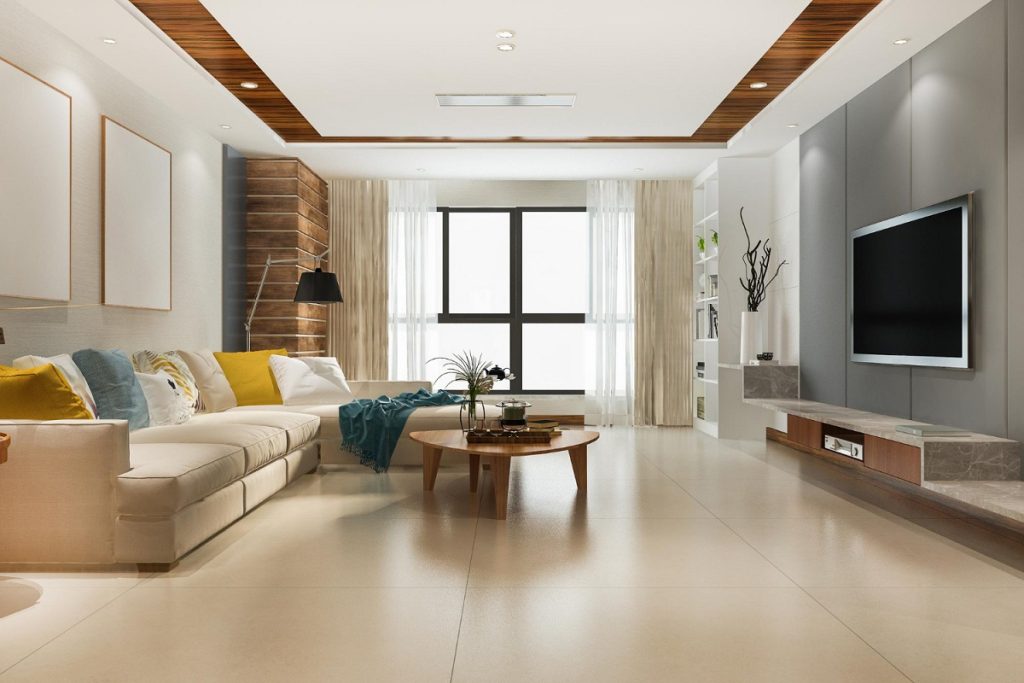Interior design is a multifaceted art that combines creativity, functionality, and aesthetics to transform a space into a harmonious and appealing environment. In this digital age, interior designers have a powerful tool to bridge the gap between their creative vision and its real-world manifestation: 3D rendering techniques. These techniques allow designers to create stunning visual representations of their ideas, enabling clients and collaborators to see precisely what the finished space will look like. This post will examine the journey from vision to reality in interior design, focusing on mastering rendering techniques.

The Power of Visualization
Interior designers are, first and foremost, visual storytellers. With 3D interior rendering, they turn an empty room into a narrative of color, texture, and style. However, conveying these ideas solely through words and sketches can be challenging. This is where rendering techniques come into play. They provide the means to translate the designer’s vision into a visual medium that is both understandable and inspiring.
4 Types of Rendering Techniques
- Hand Rendering: Traditional hand rendering, using pencils, markers, and watercolors, is an art form in and of itself. It allows designers to conduct a sense of texture, depth, and mood in a highly personalized way. Hand-rendered sketches have a unique charm that can captivate clients.
- 2D Computer Rendering: This technique involves creating two-dimensional digital images of interior spaces. It’s a cost-effective way to produce detailed visuals that can be easily edited. 2D renderings are often used for floor plans and elevations.
- 3D Computer Rendering: 3D rendering is the most advanced and widely used technique in contemporary interior design. It allows designers to create three-dimensional, photorealistic representations of spaces.
- Virtual Reality (VR) and Augmented Reality (AR): These emerging technologies take rendering to the next level. Designers and clients can step into a virtual interior space, experiencing it in 360 degrees. VR and AR enable real-time changes and interaction, making the design process highly immersive.
4 Benefits of Mastering Rendering Techniques
- Enhanced Communication: One of the primary advantages of mastering rendering techniques is improved communication. Clients, contractors, and other stakeholders can better understand the design intent.
- Streamlined Decision-Making: Rendering techniques enable quick iterations and experimentation. Designers can easily swap out colors, materials, and furniture to explore various options. This streamlines the decision-making process, allowing for more informed choices.
- Realistic Visualization: Photorealistic 3D renderings provide a clear picture of the final product. Clients can see how natural light will play on surfaces, how furniture will fit into the space, and how different design elements interact.
- Cost and Time Savings: By catching design flaws early in the process through rendering, costly modifications during construction can be avoided. This not only saves money but also time, as revisions can be made before any physical work begins.
Tips for Mastery
- Invest in Software and Hardware: Choose the right software for your needs and invest in a powerful computer with adequate processing and graphics capabilities.
- Learn from Experts: Take courses or workshops on rendering techniques. Learn from experienced professionals who can provide insights and best practices.
- Practice Regularly: Like any skill, rendering requires practice. Experiment with different styles and materials to expand your capabilities.
- Stay Updated: Technology evolves rapidly. Stay current with software updates and trends in rendering.
- Collaborate: Collaborate with other designers, architects, and artists. Sharing ideas and techniques can lead to new perspectives and skills.
Mastering interior design rendering techniques is a transformative step in turning creative visions into tangible realities. These techniques empower designers to communicate effectively, make informed decisions, and create immersive experiences for clients. With the right tools and dedication to honing their craft, interior designers can elevate their profession to new heights, bringing dreams of beautiful and functional spaces to life.